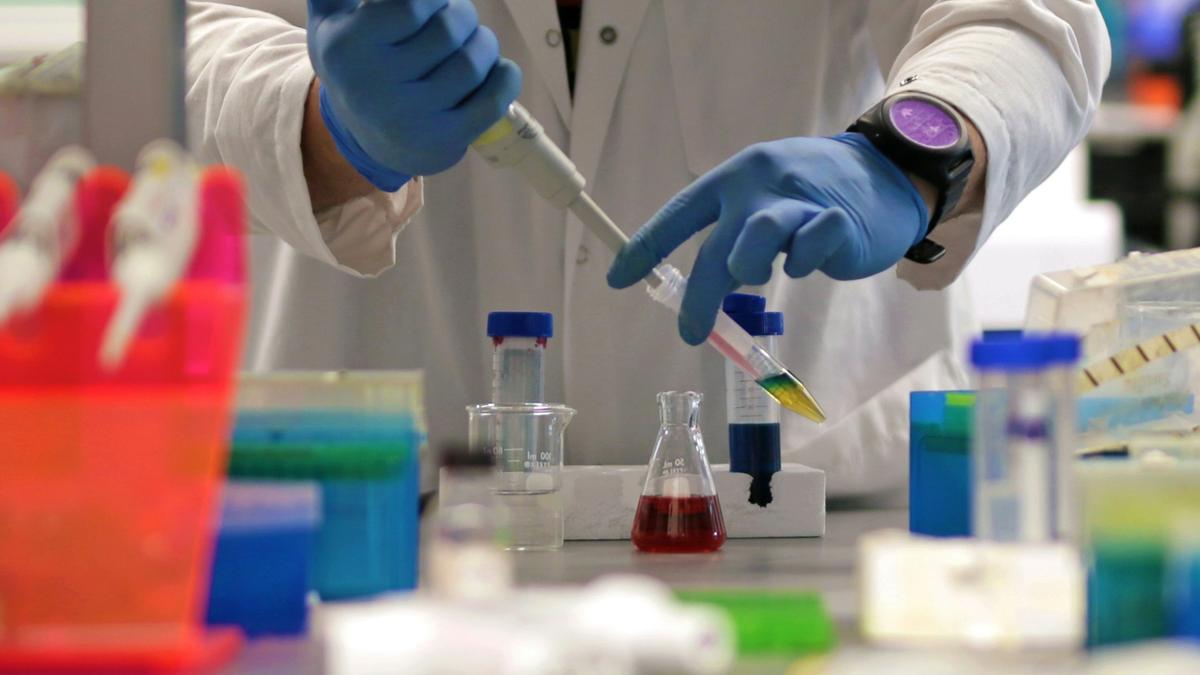ICMR’s Impact of Research and Innovation Scale (IRIS)

- 23 Sep 2025
In News:
- The Indian Council of Medical Research (ICMR) — India’s apex body for biomedical and health research — has introduced the Impact of Research and Innovation Scale (IRIS) to systematically measure the impact of biomedical, public health, and allied research projects.
- As India’s foremost grants-giving and policy-shaping institution in health research, ICMR’s adoption of IRIS is expected to significantly influence the country’s scientific and academic landscape.
Objective and Design
IRIS seeks to create a uniform and quantifiable metric to evaluate research outcomes. It introduces the concept of “publication-equivalents” (PEs) as the unit of measurement.
- A peer-reviewed research paper or systematic review carries 1 PE.
- A paper cited in policies or guidelines earns 10 PEs.
- A patent is valued at 5 PEs, while a commercially used device attracts 20 PEs.
By linking these metrics to funding and recognition, IRIS aims to encourage outcome-oriented research, policy translation, and innovation across disciplines such as biochemistry, clinical medicine, public health, and biomedical engineering.
Potential Benefits
- Standardisation of Evaluation:IRIS offers a common yardstick across scientific domains, enabling fairer comparisons of research productivity and impact.
- Recognition Beyond Citations:Unlike traditional citation-based indices, IRIS recognises diverse contributions such as patents, policy impact, and product development — providing a broader view of research value.
- Policy and Funding Integration:The framework can help align funding priorities with national health goals by linking measurable impact to resource allocation, thus encouraging translation of research into public health outcomes.
- Encouragement for Innovation:The model rewards applied research, particularly innovations that reach commercialization or large-scale public use, which may accelerate India’s biomedical innovation ecosystem.
Concerns and Limitations
Despite its intent, the framework faces methodological and ethical challenges.
- Conceptual Weakness: The PE values appear arbitrary and lack robust theoretical justification. Influential works — such as commentaries or perspective papers — receive zero PEs, despite their historical significance in shaping medical thought.
- Skewed Incentives: By assigning higher PEs to commercial devices (20) than to policy-level impact (10), IRIS risks overemphasizing commercialization at the cost of basic science and public health research. Transformative community-based interventions like India’s Home-Based Neonatal Care or nutrition trials in tuberculosis (RATIONS) may be undervalued.
- Ethical Concerns: The model could encourage metric manipulation or narrow research choices, especially in an ecosystem where research integrity is still evolving.
- Erosion of Science as a Public Good: Over-commercialization may undermine the ethos of research serving societal well-being rather than profit motives.
Way Forward
For IRIS to gain legitimacy, transparency, inclusivity, and peer validation are essential. Experts suggest conducting a national-level Delphi study to achieve consensus among researchers on PE assignment. Moreover, independent data verification and periodic review of the framework can ensure its adaptability and credibility.
Conclusion
Measuring research impact is inherently complex, and no single metric can capture the multifaceted nature of scientific contribution. While IRIS holds promise in standardizing research evaluation and fostering innovation, it must balance quantitative assessment with qualitative judgment, ensuring that India’s public health priorities and the spirit of science as a public good remain at its core. The success of IRIS will depend not merely on what it measures, but on whether it nurtures a research culture driven by ethics, relevance, and societal impact.
